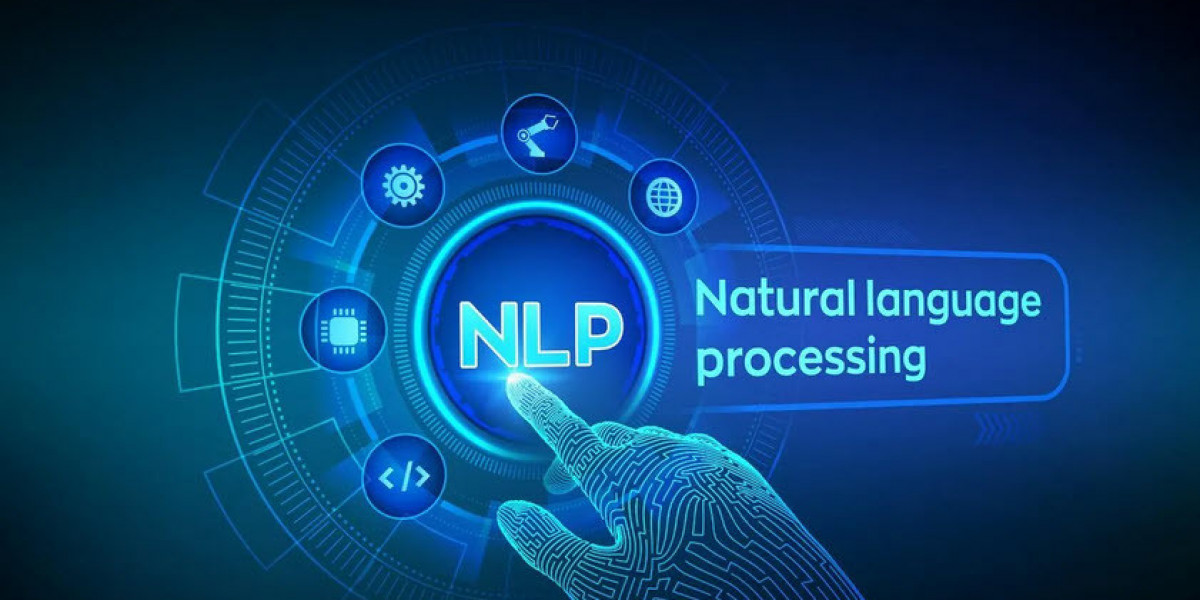The Genesis of NLP
NLP started as a quest to build systems that could understand and interpret human language as naturally and accurately as humans do. This field blends computational linguistics with statistical, machine learning, and deep learning models, aiming to fill the gap between human communication and computer understanding.
From Linguistic Rules to Machine Learning
Early NLP systems were based on sets of hand-written rules. Today, advances in machine learning and deep learning have transformed NLP, allowing machines to process, analyze, and respond to human language in increasingly sophisticated ways.
The Pillars of NLP
NLP encompasses several key tasks, each contributing to the understanding and generation of human language:
1. Text Classification and Categorization
This involves categorizing text into predefined groups. For example, email filters use this to distinguish between spam and non-spam messages.
2. Machine Translation
Tools like Google Translate exemplify this, where the goal is to translate text or speech from one language to another.
3. Named Entity Recognition (NER)
NER identifies and classifies key information (names of people, places, etc.) in the text, which is crucial in extracting structured information from unstructured data.
4. Sentiment Analysis
This task involves understanding the sentiment behind a piece of text, determining whether it’s positive, negative, or neutral, widely used in monitoring social media and customer feedback.
5. Speech Recognition
Transforming spoken language into text is a fundamental NLP task, used in voice-controlled assistants like Amazon's Alexa and Apple's Siri.
6. Natural Language Generation
This involves generating human-like text from data, used in applications like chatbots and report generation.
Current Applications of NLP
The applications of NLP are vast and growing:
- Customer Service: Chatbots and virtual assistants use NLP to understand and respond to customer queries.
- Healthcare: NLP is used to interpret clinical notes and extract meaningful information from patients’ records.
- Finance: Analyzing financial documents and market sentiment to make informed decisions.
- Legal: Assisting in document analysis and legal research.
The Future and Challenges of NLP
1. Advancing Understanding
The future of NLP lies in enhancing the understanding of context, sarcasm, and nuances in human language, bridging the gap between human-like understanding and machine interpretation.
2. Ethical Considerations
As NLP systems are trained on human-generated data, they can inherit biases present in the data. Addressing these biases is crucial for the ethical development of NLP technologies.
3. Multilingual NLP
Developing NLP systems that support a wide array of languages, especially those that are underrepresented in technology, is a growing area of focus.
Conclusion
Natural Language Processing stands as a testament to human ingenuity, enabling machines to understand and interact with us through our most natural medium - language. As we continue to advance in this field, NLP holds the promise of breaking down communication barriers and opening new avenues for human-machine interaction.
The journey of NLP is an ongoing adventure, continually evolving and adapting. As it progresses, it holds the potential not just to mimic human language understanding but to provide new insights and means of interaction in our increasingly digital world.









Brian Smith 43 w
This blog offers a comprehensive and insightful exploration into the fascinating world of NLP. The way you've distilled complex concepts into understandable and engaging content is commendable. Your discussion on the evolution, current applications, and future potential of NLP not only educates but also excites the reader about the possibilities this technology holds. Excellent work in highlighting the challenges and ethical considerations, which adds depth and balance to the narrative.